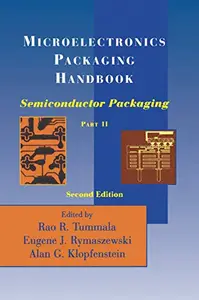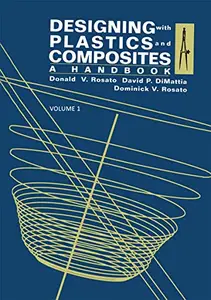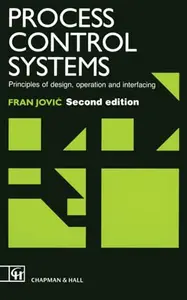3
Microelectronics Packaging Handbook: Semiconductor Packaging by Rao R. Tummala, Eugene J. Rymaszewski, Alan G. Klopfenstein
English | PDF | 1997 | 1060 Pages | ISBN : 0412084414 | 93.3 MB
Microelectronics Packaging Handbook: Semiconductor Packaging by Rao R. Tummala, Eugene J. Rymaszewski, Alan G. Klopfenstein
English | PDF | 1997 | 1060 Pages | ISBN : 0412084414 | 93.3 MB
Electronics has become the largest industry, surpassing agriculture, auto, and heavy metal industries. It has become the industry of choice for a country to prosper, already having given rise to the phenomenal prosperity of Japan, Korea, Singapore, Hong Kong, and Ireland among others. At the current growth rate, total worldwide semiconductor sales will reach $300B by the year 2000. The key electronic technologies responsible for the growth of the industry include semiconductors, the packaging of semiconductors for systems use in auto, telecom, computer, consumer, aerospace, and medical industries, displays, magnetic, and optical storage as well as software and system technologies. There has been a paradigm shift, however, in these technologies, from mainframe and supercomputer applications at any cost, to consumer applications at approximately one-tenth the cost and size. Personal computers are a good example, going from $500IMIP when products were first introduced in 1981, to a projected $IIMIP within 10 years. Thin, light portable, user friendly and very low-cost are, therefore, the attributes of tomorrow's computing and communications systems. Electronic packaging is defined as interconnection, powering, cool ing, and protecting semiconductor chips for reliable systems. It is a key enabling technology achieving the requirements for reducing the size and cost at the system and product level.
















